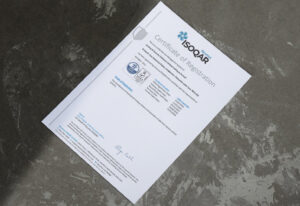Understanding Trademarks, Design Rights, and Patents: A Simplified Guide
Navigating the world of intellectual property can be overwhelming, especially if you’re not a legal expert. Let’s simplify it: if you’re seeking key copy protection, focus solely on patent-protected solutions. This straightforward rule cuts through marketing noise and emphasizes the unparalleled security provided by patents.
Trademark, Design Rights, and Patents: Clearing the Confusion
Trademarks identify the source of a product, design rights protect appearance, but when it comes to function, only patents matter. Patents safeguard new inventions that are distinct and useful, crucial for key and lock cylinder functionality. The post sheds light on legal challenges and emphasizes that misleading claims can result in serious consequences.
The Access2 Ethos: Honesty, Service, and Patented Protection
Amidst a sea of misleading claims, Access2 stands out with its commitment to ethical business practices. Emphasizing the importance of patent protection since 2002, the post urges readers to prioritize verified facts over flashy marketing. It outlines key considerations when choosing patented solutions: supplier infrastructure and the remaining patent lifespan.
Choosing Wisely: Patented Solutions for Long-Term Key Copy Protection
Once the decision for key copy protection is made, the focus shifts to patented products. The post encourages readers to assess suppliers for authorized key distribution capabilities and check the remaining patent lifespan. Access2 is presented as a trustworthy choice, passing both tests with flying colors and reinforcing its dedication to transparent business practices.



